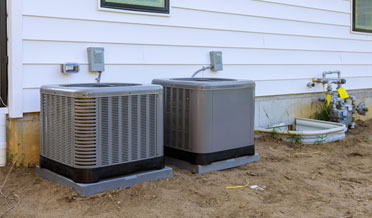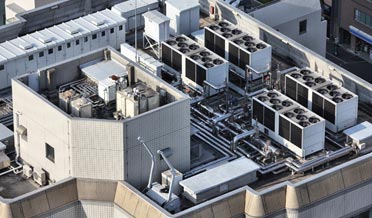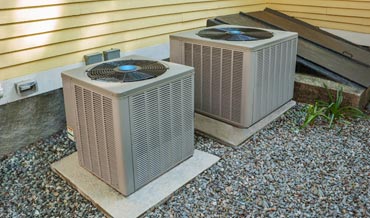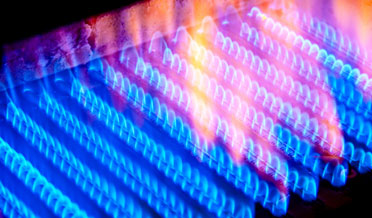How Long Will My Air Conditioner Last?
Air conditioning was invented about 1900, but they were not installed in single-family residences as standard construction practice until 1960. Since that time, the comfort and safety they provide make air conditioning almost indispensable to our lives. Imagine spending a few days or weeks during the hot summer without it! How healthy is your AC system? Your air conditioner system is a complex mechanical system, comprised of:
- a closed gas system that endures extreme pressure,
- a variable-speed blower moving the entire volume of air in your house every few minutes,
- advanced sensors, switches and
- a computer interface
A well-maintained AC system will normally weather at least 20 summers, but there are no guarantees. Here are some “early warning signs” that your AC is nearing the end.
- Frequent Repairs. The recommended practice to lengthen the useful life of your AC is to schedule annual preventative maintenance. When your HVAC professional begins to call for repairs, that is worth noting. When your AC stops working when you need it most, this is an early warning sign. Frequent repairs are a clear indication that the end is near.
- Higher Bills. An aging AC system will need to work harder to keep your home cool. Aging components, stressing to keep up, spread the stress to other components. Harder work requires more energy and will lead to increased utility bills. At the hottest point of the day, your AC will run longer and the comfort level in your home will also suffer.
- Unusual Noises. The air conditioner will make noise; it becomes background noise to our lives. Like an aging vehicle, your aging AC system will get noisier; this is also an early warning sign. Listen for these
- An aging compressor may begin to hum or make a loud whirring sound. The compressor is essential for cooling and very expensive to replace.
- An aging blower motor may begin to screech or make a grinding noise as the motor bear begins to fail.
- Aging switches or electrical sensors will make clicking noises shortly before they cease working.
- It is not uncommon for ducts to make popping noises shortly after a cooling cycle. However, if the noise changes to a rattle or banging noise, it may indicate a new problem with your ductwork.
The time will come when your AC system will need to be replaced. When your air conditioner begins to give “early warning signs,” call Mullinix AC.
Have Commercial Air Conditioner lifespan questions?
For more information about R.M. Mullinix and Air Conditioner lifespan, schedule an appointment, or visit our HVAC System Maintenance information page.










